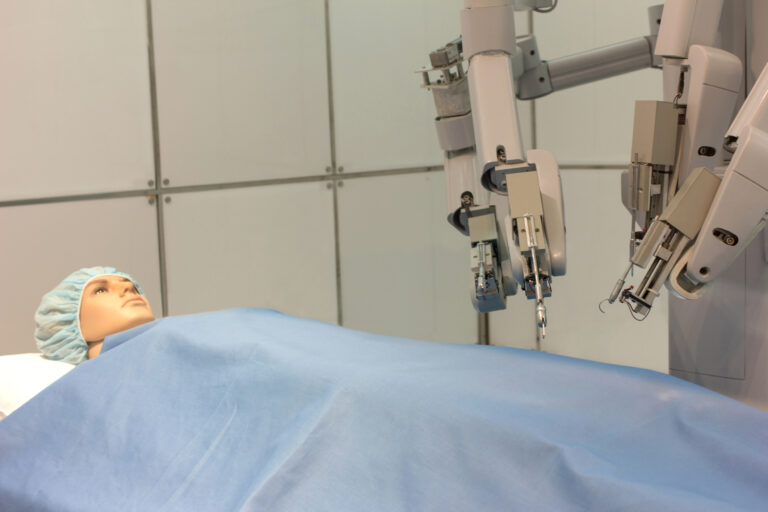AESOP Systems
The development and implementation of robotic technology in medicine have revolutionised the field of surgery, providing numerous benefits and improving patient outcomes. One of the earliest and most significant innovations in this area was the introduction of the robotic arm called AESOP (Automatic Endoscopic System for Optimal Positioning). This groundbreaking system, developed in the 1990s, enabled surgeons to control the orientation of a traditional laparoscope through a foot pedal and, later, voice command. AESOP systems achieved a significant milestone in medical robotics by becoming the first voice-controlled robot to receive FDA approval.
The primary objective of the AESOP system was to provide more precise and stable control of the laparoscope during minimally invasive surgeries. Before the implementation of AESOP, the laparoscope was typically managed by an assistant, which could lead to inconsistencies in positioning or movement. With the AESOP system, the surgeon could directly control the laparoscope’s position, ensuring greater accuracy and efficiency during the procedure.
One of the features of the AESOP system was its voice control capability. This innovation allowed surgeons to manipulate the laparoscope without needing to use their hands, freeing them up to focus on the surgery. The voice control feature was particularly useful in complex or lengthy procedures where the surgeon’s hands were otherwise occupied.
Building upon the success of the AESOP system, Computer Motion introduced the ZEUS robotic system four years later. ZEUS was a second-generation robotic surgical system designed to offer even greater precision and control during surgery. The ZEUS system incorporated three robotic arms, allowing for increased agility and range of motion during operations. One arm controlled the laparoscope, while the other two arms were equipped with specialised instruments for cutting, suturing, and other surgical tasks.
The ZEUS system was built upon the voice control features of the AESOP system and introduced a sophisticated telepresence capability. This technology allowed surgeons to perform operations remotely, eliminating geographical barriers to providing specialised surgical care. As a result, patients in rural or remote areas could access advanced surgical procedures without needing to travel long distances.
You are here:
home » AESOP systems


